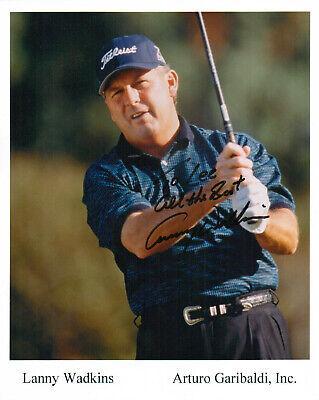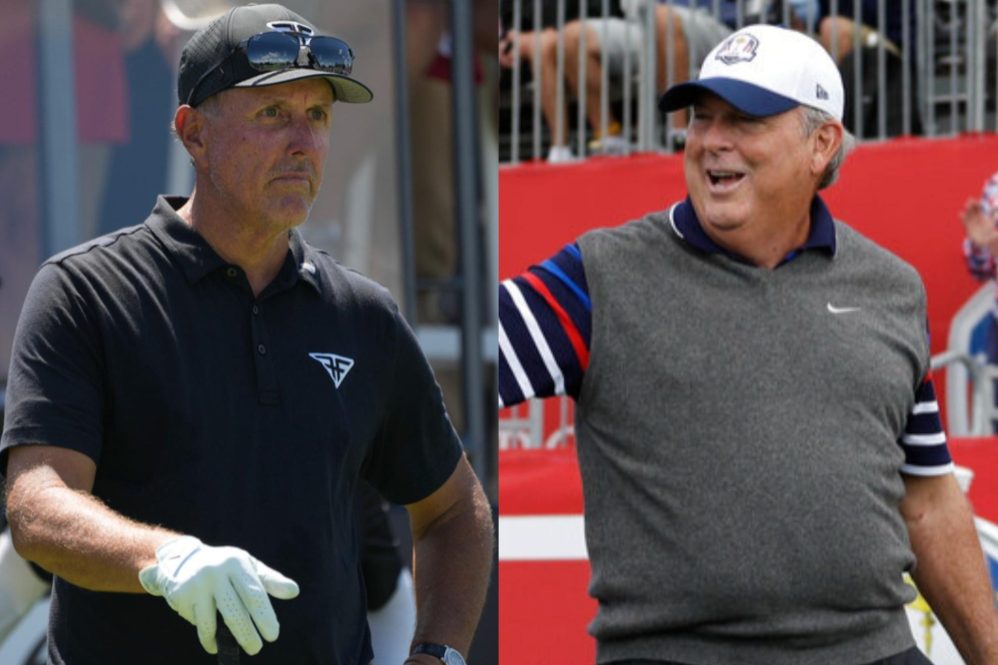Perfecting Your Wedge Technique: The Art of a Structured Backswing
In golf, mastering wedge shots is vital for tackling tricky short-range scenarios. To excel in this area, understanding the backswing is essential—it serves as the cornerstone of an effective wedge approach. This article provides an in-depth look at the backswing mechanics, offering golfers valuable insights to enhance their technique and achieve consistent ball striking with precision.
By examining the sequence of a well-executed backswing, we will highlight optimal positioning, timing, and mechanics that can boost clubhead speed and accuracy. Drawing lessons from elite PGA Tour players, we aim to reveal their strategies for outstanding wedge performance so that golfers at any level can replicate their success on the course.
Understanding the Structured Backswing
The backswing plays a pivotal role in executing wedge shots ranging from 50 to 125 yards. It must be both structured and controlled to facilitate effective acceleration during the downswing. Utilizing Dave Pells’ clock system as a guide, golfers should aim for specific positions—like 9 o’clock or 10 o’clock—with their lead arm. This awareness fosters better control over swings and enhances consistency.
Moreover, your backswing should align with your target distance; a shorter swing does not equate to a full swing but rather should be compact yet deliberate. Tour professionals emphasize this principle as it significantly improves spin control and distance management. By keeping your backswing structured, you allow yourself to accelerate through impact effectively—leading to more accurate low-spinning wedge shots.
Creating a Stable Starting Position
A consistent initial setup is crucial for hitting precise wedge shots. Proper alignment of your feet, hips, and shoulders establishes a solid foundation from which power and accuracy can be generated. Utilize visual markers or reference points during setup to minimize variations in your swing path while enhancing shot outcomes.
Defining Your Backswing Length
Your backswing length should correspond directly with your intended shot distance; avoid reaching full swing heights on shorter shots. For instance, when aiming for approximately 50 yards, limit your backswing to about half of what you would typically use for longer distances. A controlled approach allows proper acceleration through impact—resulting in crisp contact that produces spin-controlled wedges.
Optimizing Length and Compactness in Your Backswing
To maximize both accuracy and distance with wedges requires maintaining a compact yet structured backswing. Resist swinging at full capacity; instead focus on achieving around 50-90% effort during these shorter swings which promotes better control throughout the motion leading into impact—a key factor emphasized by PGA Tour players who understand how critical acceleration is for generating spin.
Maintaining Structural Integrity:
- Avoid loose or erratic backswings.
- Establish clear parameters regarding how far back you take each shot based on its intended distance (e.g., targeting roughly half normal length for shorter approaches).
- This method lays down strong groundwork necessary for powerful accelerations upon contact ensuring optimal ball interaction.
The Role of Controlled Acceleration in Wedge Shots
The Key Ingredient: Controlled Acceleration
For successful wedge play precision coupled with adequate spin are paramount attributes achieved primarily through controlled acceleration during downslope transitions—the essence behind effective strikes lies here! By adhering closely towards maintaining structure within one’s own unique style allows creation conditions ripe enough where surges occur smoothly upon making contact resulting ultimately into desired outcomes!
Structure Equals Power:
A well-defined structure within one’s own personal style creates stability needed when generating accelerative forces required throughout execution phases involved within each individual stroke made possible via careful attention paid towards keeping clubheads aligned properly along designated paths leading up until moments just before impacts occur! As transitions happen seamlessly between motions built off previous steps taken earlier leads naturally into bursts capable transferring energy efficiently onto balls themselves yielding impressive results such as increased spins alongside heightened accuracies overall!
The “Structured Backswing for Sharper Wedge Shots” YouTube video offers detailed insights into essential elements necessary when executing short-game techniques effectively! Implementing these principles surrounding structuring one’s own unique styles mirroring lengths desired will undoubtedly yield improved accelerative forces translating directly onto impacts resulting ultimately higher levels consistency across board regardless skill levels present today! Remember—it isn’t merely about swinging harder but rather finding balance between structural integrity combined harmoniously together allowing maximum potential realized every time out there playing rounds together!

Structured Backswing for Sharper Wedge Shots
Meta Title:
Structured Backswing for Sharper Wedge Shots: Master Your Short Game
Meta Description:
Discover how a structured backswing enhances your wedge shots. Learn practical tips, benefits, and expert advice to improve your golf game today!
Understanding the Importance of a Structured Backswing
A structured backswing is the foundation of an effective wedge shot. By focusing on maintaining a consistent and controlled motion, golfers can better manage their swing, resulting in improved accuracy and spin. Here’s how to achieve a structured backswing for sharper wedge shots.
Key Components of a Structured Backswing
- Stance and Grip
– Position your feet shoulder-width apart.
- Use a neutral grip; the grip pressure should be firm yet relaxed.
- Backswing Length
– Aim for a 50-75% backswing.
– This abbreviated swing helps maintain control without compromising distance.
- Body Alignment
- Ensure your hips and shoulders are aligned with your target.
– Keep your weight balanced between your feet for stability.
Benefits of a Structured Backswing
- Enhanced Control: A structured approach allows for precision in shot placement.
- Increased Spin: Generating spin requires proper acceleration through the ball, which is easier with a controlled backswing.
- Consistent Distance: By avoiding dramatic swings, golfers can better predict their shot distance.
- Improved Accuracy: A focused backswing leads to more reliable execution of shots.
Practical Tips for Implementing a Structured Backswing
1. Practice Drills
| Drill Name | Description |
|———————|——————————————————-|
| Half Swing Drill | Focus on making a 50% backswing, hitting shots with full follow-through. |
| Target Practice | Set up targets at various distances and consistently practice hitting them with a controlled backswing. |
2. Video Analysis
Record your swing to analyze your backswing structure. Compare it with professional golfers known for their wedge shots, such as Phil Mickelson, who emphasizes the importance of a structured swing.
3. Feel the Rhythm
Work on the timing of your backswing. Utilize practice swings to find a rhythm that feels comfortable while maintaining control.
4. Engage Your Core
Strengthening your core will provide stability through the swing, helping to maintain control and structure during the backswing.
Case Study: PGA Tour Players and Their Backswing
Player: Justin Thomas
- Technique: Justin Thomas focuses on a compact backswing that allows for an explosive downswing, leading to phenomenal wedge play. His technique is a testament to the effectiveness of a structured approach.
Player: Lexi Thompson
- Technique: Lexi Thompson’s use of a structured backswing has made her one of the top female golfers. Her efficient motion allows for consistent ball striking and control.
First-Hand Experience: My Journey with Wedge Shots
As an aspiring golfer, I underestimated the impact of a structured backswing. After struggling with accuracy, I decided to focus on my backswing mechanics. Through dedicated practice, including half swing drills and video analysis, I noticed significant improvements in my game. Controlling my backswing not only helped me achieve better distance but also allowed for increased spin on my wedge shots, leading to a more precise short game.
Common Mistakes to Avoid
- Over-Swinging: Many golfers try to hit the ball too hard, losing structure in the backswing.
- Neglecting Follow-Through: A well-structured backswing should be complemented with a smooth and balanced follow-through.
- Inconsistent Setup: Ensure your stance and alignment are consistent every time you address the ball.
Conclusion
By incorporating a structured backswing into your short game, you can dramatically improve your wedge shots. Focus on maintaining a controlled motion, practice regularly, and analyze your technique to see positive results in your performance on the course.
By focusing on these aspects, golfers can harness the full potential of their wedge game and lower their scores on the course. Embrace the power of a structured backswing for sharper, more effective shots!





